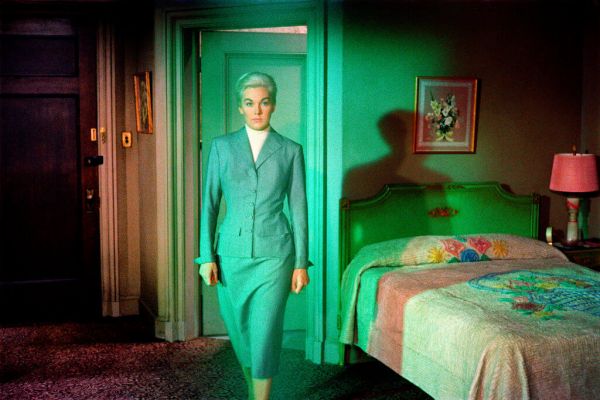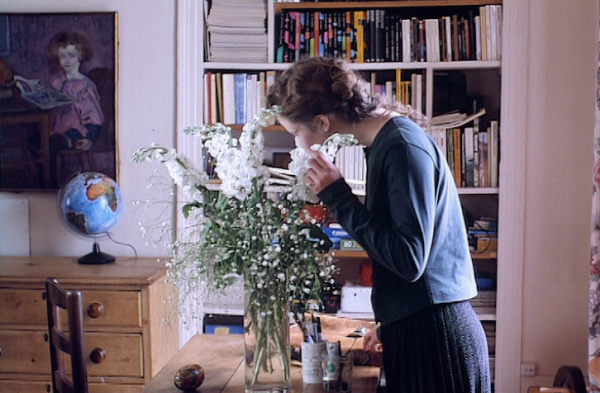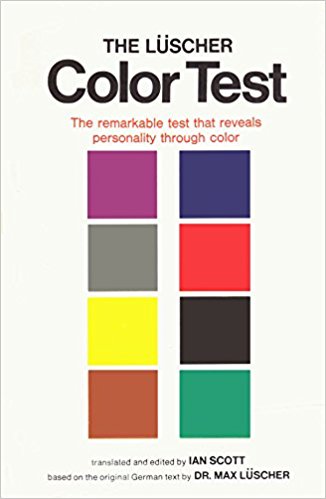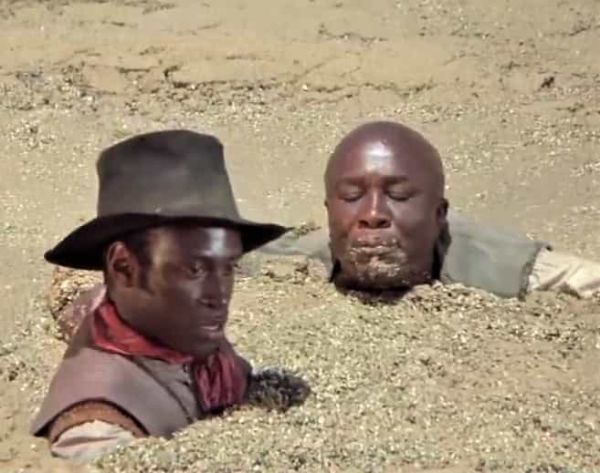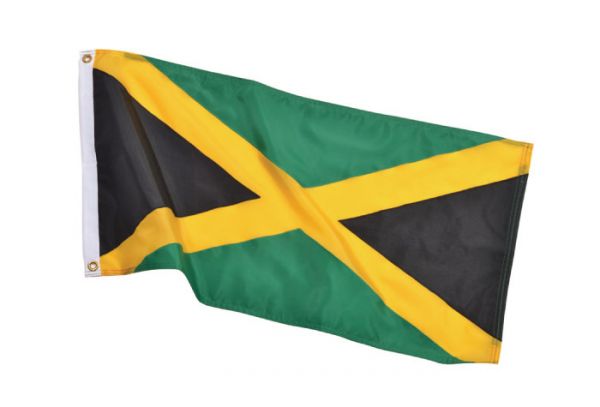Stuck Ness Monster - part three
I watched a couple of movies recently, Vertigo, directed by Alfred Hitchcock and released in 1958, and Contes de Printemps, A Tale of Springtime, directed by Eric Rohmer and released in 1990. Rohmer admired the older Hitchcock and even wrote a book about his work.
Both directors do wonders with color, making it crisp and bright, or making it dark and moody. As I watched Hitchcock and Rohmer's movies play out, marveling at their visual effect, I thought, these people are just messing with our heads. They may even have consulted a psychologist for advice about how to play the color-card. It all had to mean something, unstated by either director.
As a writer, I have always had an eye for color. Writers pay attention to movies for just that reason, because in our medium, we have to paint with words, and because, as film-directors already know, the colors allow insights into a person's character. I already knew this from travelling a lot by Interstate in my job. I am a former road-warrior, and I made a mental note of the colors of cars and the behavior of the driver--young white guys in bright-red pick-up trucks; black dudes in ruby-colored Jeeps, and so on, and I thought the choice of colors has to mean something. Somebody must have associated color-choices with human behavior on a more professional level.
Then I started noticing flags, the national emblem of the World's nations, and ascertained that fourteen of the twenty flags of Europe incorporate red, white, and blue in their designs--not including the U.S.A and Canada. No other region of the World has so many red, white, and blue flags. Indeed, few nations outside the West use those colors together. Africans prefer a green, red, and black palette, like the flag of Marcus Garvey's Universal Negro Improvement Association.
Turns out, I was right. In fact, some scientists and engineers do little else but study color-psychology, mostly to aid advertisers and packaging-designers. But in my case, I was reading a review of a film by Hitchcock that mentioned a book titled The Lüscher Color Test by a Swiss psychologist named Max Lüscher. If you cruise through Amazon.com, you will see that other authors write about color as a component of human psychology. Slip-streaming behind them is another set of professionals who express concern over reliance on color-psychology, citing the impossibility of forming a psychological profile of people based solely on color-choices; but after reading The Lüscher Color Test, I realized that a road-warrior, film-buff, or flag-enthusiast could come to the same conclusions, just based on common-sense observation.
During my last trip to Germany, I was impressed how many Germans dress all in black. There is a sub-culture called "Grufti," like American Goths, who dress all in black in order to look like the Undead. The German word "Gruft" means "burial crypt." But the Germans that I saw did not belong to those groups. They dressed in black as a personal preference. I remember especially a cute blonde who wore a black miniskirt, black stockings, and black lace-up boots. They looked like ass-kicking boots.
Some of Dr. Lüscher's conclusions stunned me. His book comes with color-cards. You can sort of psychoanalyze yourself based on your color-preferences. Indeed, Dr. Lüscher warns readers not to use the color test as a "parlor-game." Many bored party-goers probably did, anyway--sip their cocktails, select the color-cards, laugh over each others' ghoulish tendencies, then forget about it.
Bear in mind that most of Lüscher's research dealt with only White test-subjects. As part of the testing process, the researchers asked the test-subjects who preferred green and black to describe which situation would cause them the most stress. They replied, "a disagreeable situation that they are powerless to change. Angry and disgruntled, they doubt they can achieve their goals. They wish to escape in order to feel less restricted and to make their own decisions; but they lack the strength to accomplish this. In brief, a frustrated desire for independence."
The Stuck Ness Monster strikes again! Blacks in America become angry and disgruntled over perceived acts of racism; they express support for Black Nationalism and self-determination, but lack the strength to accomplish it. When the Blacks have problems with lawlessness and social dysfunction, they come to the Whites to provide for them.

